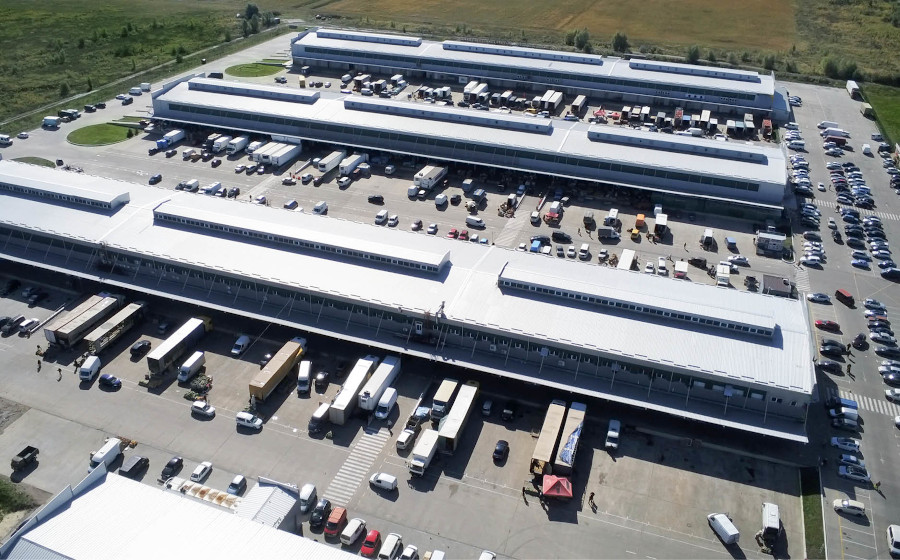One can imagine headlines about the death of retailing a few generations ago when discount stores first burst upon the scene and supplanted long-standing department stores as the dominant players on the shopping scene. Today, we\’re seeing the same thing with news on e-commerce knocking out physical retailing and doom-and-gloom reports about the business of shopping.
Taking that blinders-on view of the business 50 years ago was a foolish pursuit, so too is judging the health of retail-based solely on the number of closed stores and failed businesses today. The fact of the matter is that the retailing industry has never been stronger — and to truly understand that you need to look at one very important component of the business: the rise of distribution centers.
DCs as Investments
For every store that is closing, comparable capacity is being added to the DC and fulfillment side of the retail model. That business is now one of the strongest in American industry with construction of new facilities at unprecedented levels and, the surest sign there is, the big private equity guys are investing in this sector at an astronomical rate. Apples and oranges, you say? Aren\’t closed stores and open warehouses two sides of the same coin? Forgive me for the stretched metaphor, but they are both fruit.
Sure, stores are closing but it\’s because that\’s not the way shoppers want to buy things. It was the same in the last quarter of the 20th century when department and specialty stores faded, replaced by discounters and mass merchandisers. That was the way people preferred to shop. Same thing today. People prefer to buy things online, necessitating the need for these massive distribution centers that fulfill their online consumption needs. It\’s a transition in process but it certainly doesn\’t mean the end of retailing as we know it, just as the rise of the discounters didn\’t signal its death either.
Consider the investment frenzy associated with the boom in distribution centers. This past fall, Blackstone Group – which seemingly has more money to invest than the entire Western World combined – announced they were buying 465 warehouses, totaling 60 million square feet, from Colony Capital. The price was pocket change for Blackstone — $5.9 billion – but it reinforced the company\’s ongoing belief in the distribution center model. Earlier in the year, it spent $18.7 billion to buy another network of U.S. warehouses. \”We are seeing accelerating demand for warehouse centers in dense population centers,\” the head of Blackstone\’s American real estate business Nadeem Meghli said in the Wall Street Journal. \”As goods move online…retailers and consumers alike seek faster delivery times.\” Blackstone is now believed to be among the largest owners of distribution center and logistics-based facilities, according to the Journal.
Any equation on the retailing business that focuses solely on store location closings is really only telling part of the story. Americans continue to shop, and they continue to buy from retailers. Whether free-standing or co-located with traditional physical stores, distribution centers are increasingly becoming the engines that drive American retailing.
It\’s only the process that is changing. We\’re back to the future.
Warren Shoulberg says the best way to see the rise of distribution centers is to look out the window when you take off or land at a major airport. They are increasingly surrounded by these facilities. Seeing is believing.




